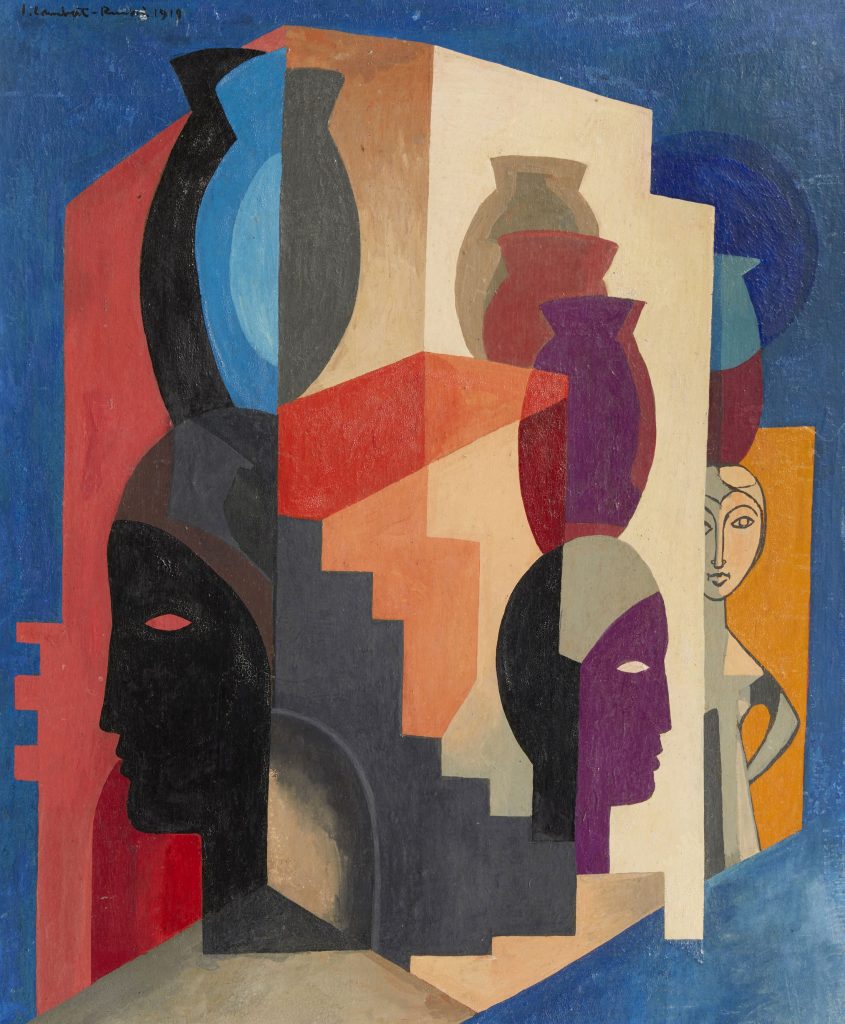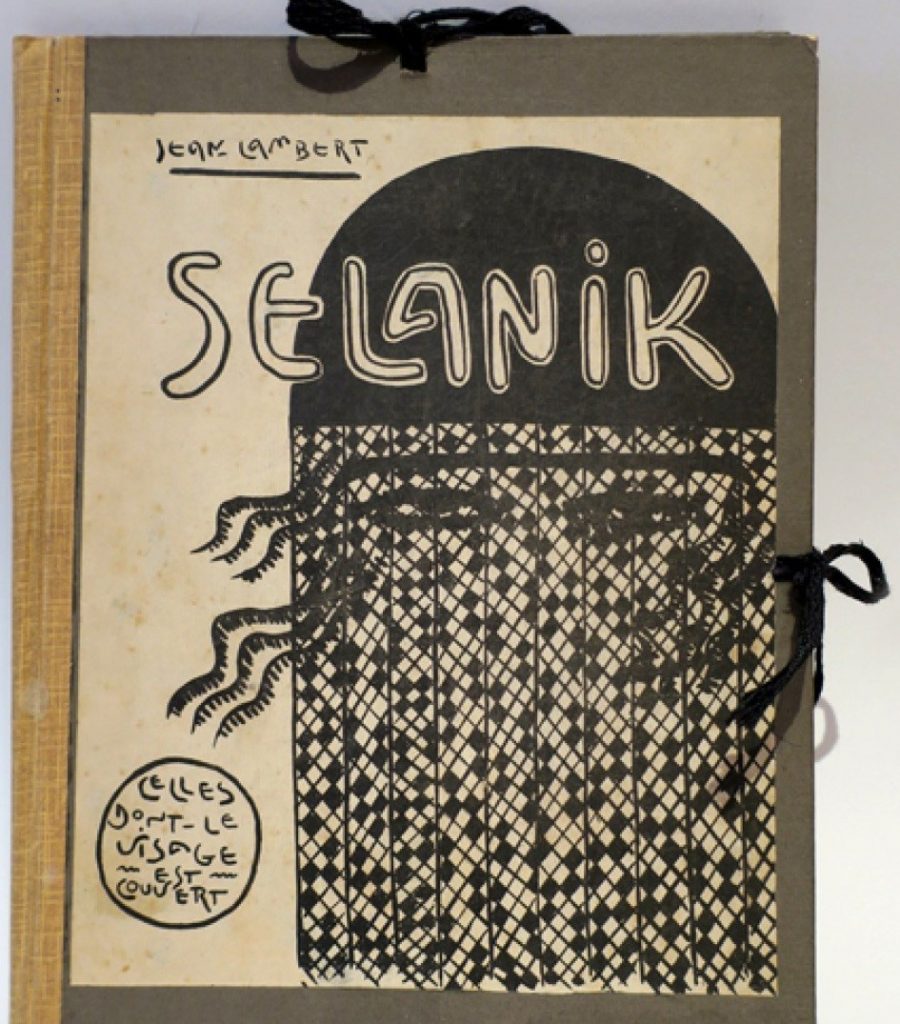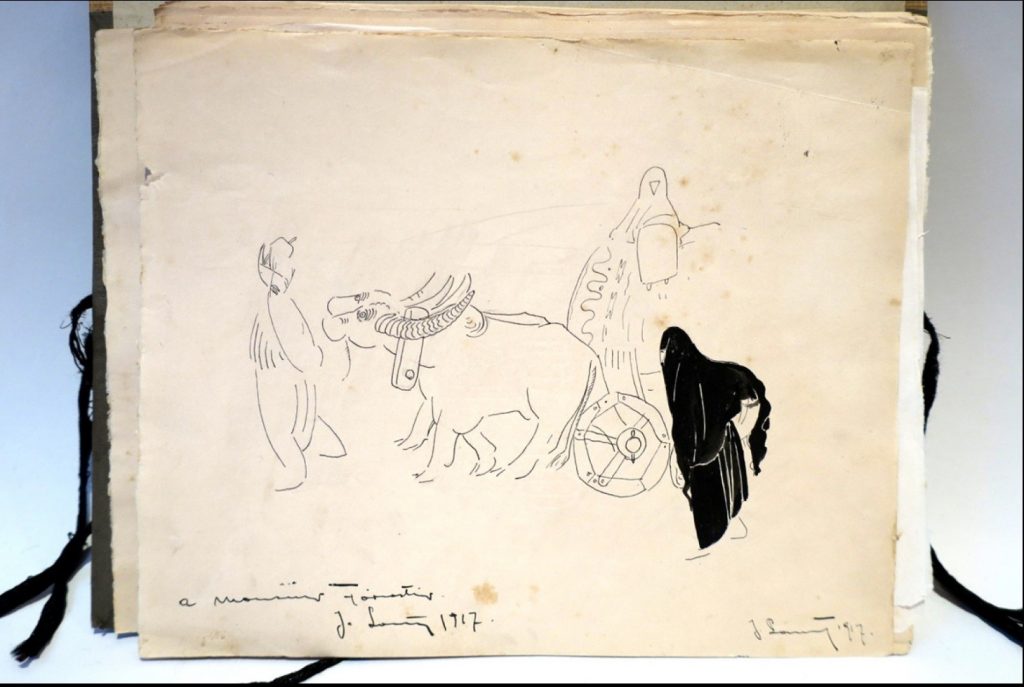Born in Cracow, Poland in 1888. Studied at the Fine Arts Academy of Cracow before he moved to Paris in 1911. With the beginning of World War One he volunteered as a foreigner in the French army and sent in 1914 to the Dardanelles front before going to Salonique, where he worked at the restoration of Byzantine mosaics, together with sculptors Joseph Csaky and Gustave Miklos. During his stay in Thessaloniki he was friend with French war painter Paul Jouve.
After the war he settled in the Montparnasse district, along with Modigliani, Soutine, Kisling and the other artists of Montparnasse. Lambert-Rucki exhibited at the Salon d’Automne in 1919, the Salon des Indépendants beginning in 1920 an onwards the Salon des Tuileries from 1933. He also showed with the Cubists at the Section d’Or group from 1922 to1924. In 1930 he was invited to participate in the first exhibition of l’Union des Artistes Modernes, where he exhibited in subsequent years. Lambert-Rucki was also represented in the Pavillon de l’Union des Artistes Moderne at l’Exposition Universalle in Paris in 1937. He became a naturalized French citizen in 1932. Lambert-Rucki worked in several different styles. He painted Cubist cityscapes, and many works influenced by the Tribal Art of Africa. His Cubist and primitive styles translated well into his vast production of sculptures and designs. He achieved his greatest successes in his collaboration with furniture designer Jean Dunand where he met in 1923. Lambert-Rucki designs for Dunand’s furniture was at the height of the Art Deco movement.


